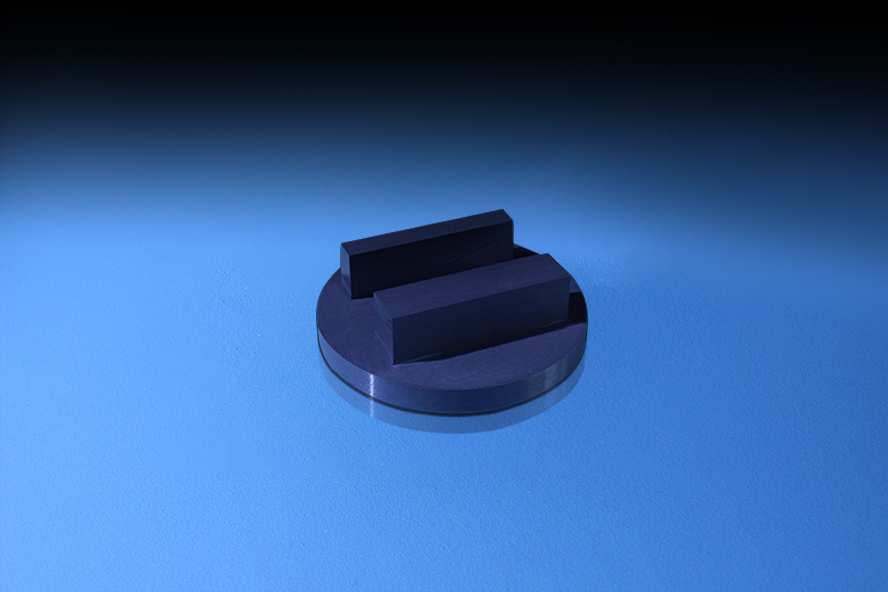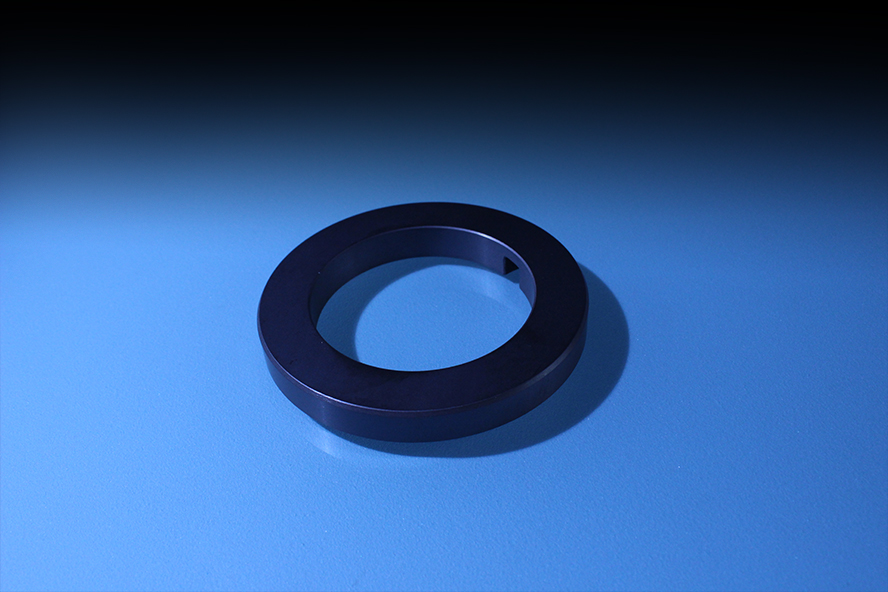Silicon Nitride Ceramics
Silicon nitride (Si₃N₄) is a high-performance ceramic material characterized by exceptional properties, including high flexural strength, hardness, and remarkable stability at elevated temperatures, with a maximum temperature resistance exceeding 1200 °C. The silicon nitride ceramics exhibit a smooth surface and a low friction coefficient, rendering them particularly suitable for high-speed rotating or sliding applications. In demanding environments, their superior high-temperature resistance, corrosion resistance, and mechanical strength offer extensive opportunities for application, establishing silicon nitride as a preferred material across various industrial sectors.
Silicon Nitride Advantages
Si₃N₄ has high strength and hardness
Excellent high temperature resistance performance
Good thermal shock resistance
High antioxidant activity
Good corrosion resistance ability
Low friction coefficient and high wear resistance
Low density (about 3.2 g/cm ³)
High electrical insulation
Excellent biocompatibility
High fracture toughness
What can silicon nitride be used for
Ceramic bearings
Gas turbine blades
Turbocharger rotor
Semiconductor wafer transfer manipulator
Vacuum equipment components
Thermocouple protection tube
High temperature wear-resistant pump
Spark plug insulator
Piezoelectric sensor substrate
Products
Silicon Nitride Material Properties
Silicon nitride ceramic properties | Silicon nitride ceramic | ||
item | unit | Typical value | |
Physical property | |||
colour | black | ||
density | g/cm³ | 3.2 | |
Gas permeability | 0 | ||
hydroscopicity | <0.1 | ||
Mechanical property | |||
Monger hardness | Lv. | 9 | |
Rockwell hardness | HRA | 80 | |
Vickers Hardness (Hv50) | Gpa(kg/mm) | 1400 | |
Bending strength (20 °C) | Mpa | 300 | |
Compressive strength (20 °C) | Mpa | 1000 | |
Modulus of elasticity | Gpa | 290 | |
Poisson's ratio (20 °C) | 0.25 | ||
Fracture toughness (20 °C) | MPa*1/2 | 5 MPa·m^0.5 | |
Thermal performance | |||
Thermal conductivity (20 °C)-400°C | W/(m·K) | 25 | |
Thermal expansion | 10-6/℃ | 2.5 | |
Maximum service temperature | °C | 1400 | |
Electronic property | |||
Dielectric medium | KV/mm | 20 | |
Dielectric constant | Er | 4 | |
Dielectric loss Angle (1MHz) | 10^-4 | ||
Silicon Nitride Machining
Silicon nitride ceramic machining is a highly technical challenge, which presents considerable challenges due to its extremely high hardness and strength, especially its stability in high-temperature environments. Jundro Ceramics excels in working with strict tolerances and highly complex tasks. We have professional processing equipment, including 4-axis and 5-axis machining centers, providing precision machining, surface treatment, and quality testing. This enables us to produce silicon nitride ceramic components to the highest specifications
Jundro is a leading global supplier of silicon nitride ceramics, meeting all your technical ceramic manufacturing needs. We are committed to providing high-quality precision ceramic components that meet or exceed customer expectations for processing and production. If you would like to inquire about customized machining parts, please contact us, and one of our experts will be happy to assist you.






